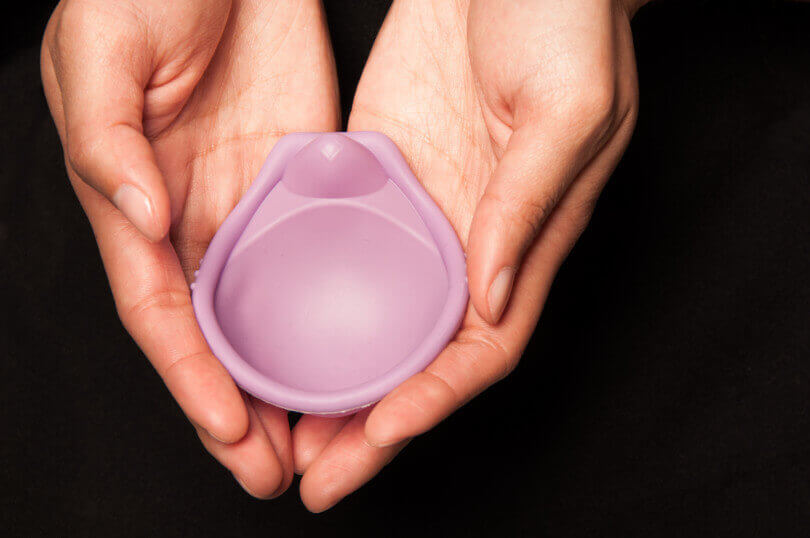Kat KelleyGHTC
Kat Kelly is a senior program assistant at GHTC who supports GHTC's communications and member engagement activities.

Last week, GHTC member PATH launched the Caya® contoured diaphragm in the United States, after developing and testing nearly 200 prototypes to ensure the product was safe, effective, and user friendly. PATH collected input from women and health care providers across the globe throughout the research and development (R&D) process, ultimately creating an innovative contraceptive that protects against sexually transmitted infections, has no side effects, and is discreet, comfortable, easy to use, and “one-size fits-most." The Caya® diaphragm, which is now available in 25 countries, is an important addition to existing contraceptive options, as it is the first diaphragm introduced in the United States in 50 years.
In 2014, the World Health Organization (WHO) recognized the Chinese Food and Drug Administration as a functioning regulator; China has now developed two vaccines—for Japanese encephalitis and influenza—that have received WHO prequalification, a sign that a product is safe and effective. A representative of the Bill & Melinda Gates Foundation, which has worked with the Chinese government to enhance its vaccine R&D capacity, said that the second prequalification “may be the start of China truly becoming a player in global health.” China recently established a system that regulates manufacturing for pharmaceutical products based on the European Medicines Agency’s (EMA) and US Food and Drug Administration’s (FDA) standards. However, China’s regulatory system still has some barriers to overcome, as the regulatory approval process takes much longer than the EMA’s or FDA’s. Additionally, the Chinese government requires vaccines and drugs to be packaged individually—which is not conducive to international shipping—and there are currently no guidelines on how a manufacturer can obtain a license in China if clinical trials are conducted abroad.
A vaccine candidate for the Middle East Respiratory Syndrome (MERS) has been successfully tested in mice and will progress to Phase I clinical trials shortly. The vaccine uses a weakened strand of a poxvirus—known as Modified Vaccinia virus Ankara—that has been altered to display a certain protein unique to the MERS virus. The immune system recognizes the protein as foreign, and develops antibodies and T cells to combat MERS. In the lab, the MERS virus was not able to reproduce in vaccinated mice despite exposure to “high levels” of the virus. The vaccine was developed by the Ludwig Maximilian University of Munich’s Institute for Infectious Diseases and Zoonoses, and the German Center for Infection Research has already committed 1.5 million euros for the Phase I clinical trials.
The results of a massive trial for a new pneumonia vaccine were announced last week, demonstrating a major reduction in cases of the disease responsible for fifteen percent of deaths in children under five years of age. The vaccine, known as PCV-10, protects against ten different bacteria that can cause pneumonia. The trial lasted seven years, during which time the vaccine was given to 35,000 children in the Kenyan town of Kilifi. Eighty percent of vaccinated children demonstrated greater resistance to pneumonia. The town saw a 42.7 percent reduction in cases overall, and a 95 to 100 percent reduction in invasive pneumococcal disease—the most deadly form of pneumonia.